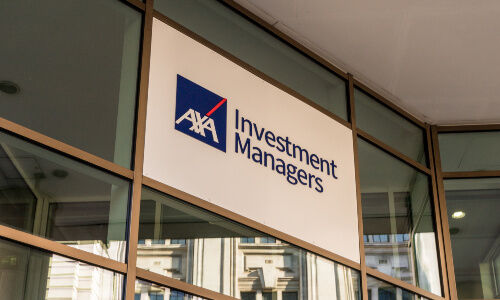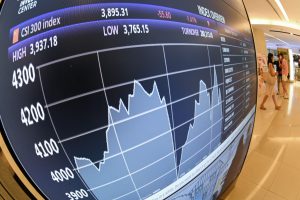By AXA Investment Managers
Thematic investing has taken off in recent years as investors increasingly seek to capture long-term growth with a forward-looking strategy.
As part of its “Thematic Investing Set to Transform Asset Management” report, AXA Investment Managers (AXA IM) identified 1,471 thematic funds globally as of the end of 2020, which contained assets of approximately USD 676.5 billion. Its significant growth potential is one of the reasons why it has become more mainstream.
According to the report, thematic fund assets have grown at an annual rate of 37% since 2018 to Q4 2020, and in 2020 alone, they grew by 77%. Thematic funds differentiated themselves from other types of funds during the pandemic as well, being one of few types of funds to raise assets during a market downturn.
According to a study Broadridge commissioned on behalf of AXA IM, 75% of fund selectors are increasingly thinking in terms of themes, as they realise that companies can no longer be easily classified according to traditional sectors or industries. Some think that looking at investment opportunities purely geographically or by industrial sector is an outdated mindset and are turning to thematic funds in order to gain exposure to broader cross-industry and pan-regional trends.
Capital inflow to thematic funds: Asia Pacific as the second largest region, emerging technology dominates inflows
Looking at Asia Pacific, of the USD 676.5 billion in thematic funds globally, the region accounts for around 32% of the assets, making it the second biggest region after Europe. Asia Pacific also saw a 34% of three-year compound annual growth rate (CAGR) in assets under management (AUM) in thematic funds between 2017 and 2020, and a one-year CAGR of 66% in 2020, reflecting rising popularity in recent years and especially since the start of the pandemic.
Among the major macro thematic groups, “emerging technology” has proven to be the fastest growing theme over the past three years and saw its highest growth rate in 2020. It comprises of funds specifically targeting the macro themes of “disruptive technology”, “AI & robotics” and “other technology” – which includes security/cybersecurity, fintech, semiconductor, connectivity, and digitalisation opportunities. The thematic group accounts for 35% of global AUM in thematic funds, followed by “sustainability” (30%).
In Asia Pacific, more than USD 10 billion flowed into “other technology” and around USD 10 billion flowed into “disruptive technology” between 2017 and 2020. Other macro themes such as “other sustainability”, “other changing consumption” and “clean energy” followed. Globally, fund selectors believe technology will be the most significant trend over the next 10 years.
Demystifying “thematic funds”: themes vs. sectors
Despite the popularity of thematic funds among the professional investment community, the thematic landscape can sometimes be seen as too diverse and complex. Asset managers have applied several different approaches to segmenting the funds, but the huge variety of such funds can be hard to understand.
To put it simply, thematic funds are targeting specific trends and themes, such as a robotics or AI fund, which are different from funds that identify opportunities by sector, such as a technology fund. Thematic funds focus on long-term structural trends, such as the increasing ubiquity of technology in all aspects of life, rising spend on healthcare and the faster rollout of e-commerce. It is also worth noting that funds that integrate ESG into fundamental analysis and form part of an asset manager’s engagement strategy would not be considered a thematic fund.
However, investors do need to do much more due diligence to ensure such funds are indeed “thematic”. When selecting a thematic fund, investors should assess whether the portfolio properly reflects the specified thematic goals. Good asset managers demonstrate that they have high standards in terms of enhancing the purity and concentration of their thematic funds, while at the same time managing the fund in an adaptable and flexible manner to help investors capture opportunities brought about by changes in the market. The ability to do this comes from length of experience and coverage capabilities and cannot be done on a small scale.
It is becoming apparent that thematic funds will continue to play an important role in the fund industry over the next few years and will become an important fund segment in the Asia Pacific market as investors look to diversify their portfolios further. Armed with such exposure, Asian investors will be well-placed to capture fast-emerging themes and opportunities and capitalize on growth in this space.
*The views expressed on Industry Announcements are not necessarily the views of
Asia Financial.
*To contribute press releases, research or commentaries, please send an email to
[email protected]
























